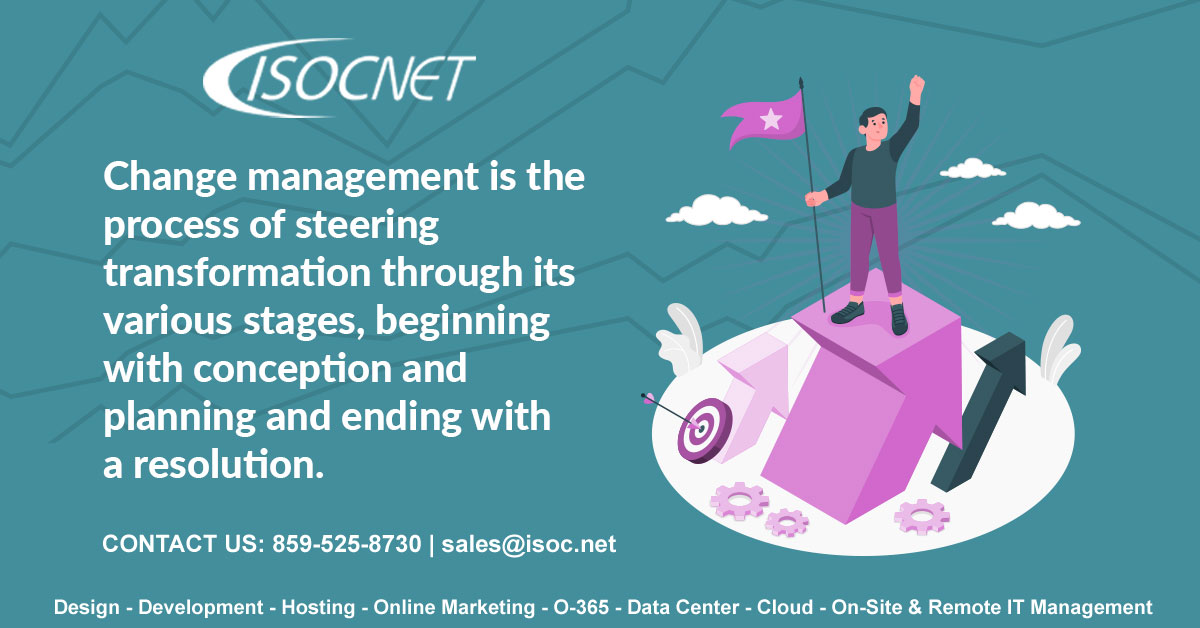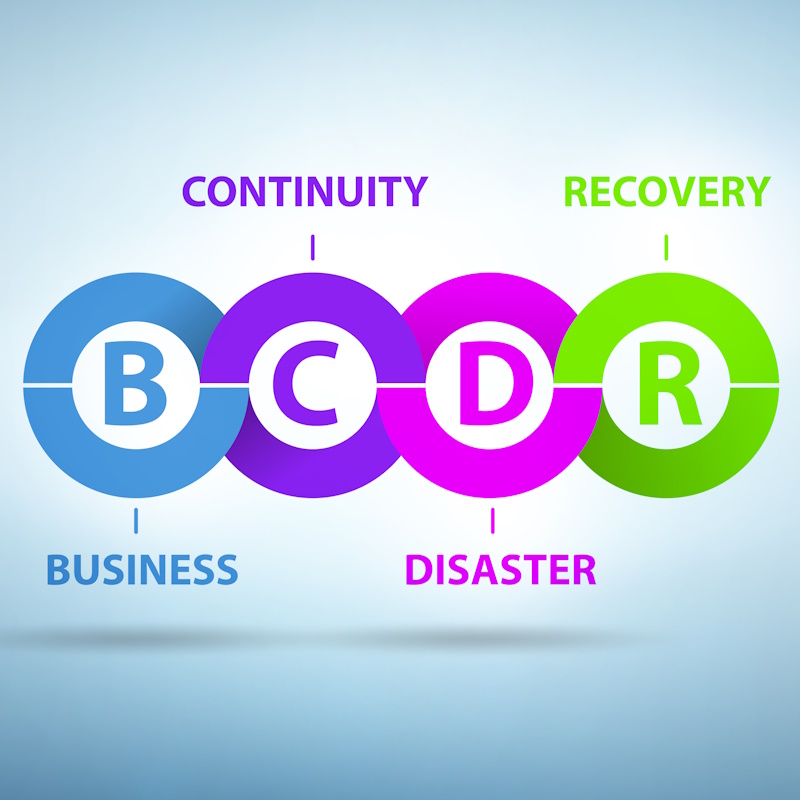Recent Posts
Categories

In order to have the best success and user adoption when implementing anything new, it is critical to follow an effective change management process. Change can be very stressful for those implementing and adopting it in an organization, even causing employee resentment or team member loss. When change fails, it is most often due to user adoption. Challenges can be handled with an effective change management procedure.
What is Change Management?
Change management is an approach that deals with the change or transformation of organizational processes, objectives and technologies. The goal of change management is to find strategies to implement and govern transformation while also assisting people in getting accustomed to it. When applying your change management approach it’s success is imperative to open, positive, clear Communication, full team Collaboration, and a Commitment to success while staying positive.
Applying change management best practices can improve the outcome for any firm, regardless of size or industry. It will help your business to scale and adapt to changing market conditions without losing key team players or causing complications.
5 Elements of an Effective Change Management Approach for Technology Refreshes
Identify
To create a solid foundation for clarity, ease of execution and success, change management needs to recognize and pinpoint what to improve. Changes are made to improve your company. When making changes it is crucial to identify the objective and clarify the goal you are about to achieve. This also involves selecting the resources and individuals capable of facilitating and leading the initiative. When communicating with your staff, it is important to get buy-in up front on the why and outcomes.
Start by asking the following questions to gain a better understanding of your core mission:
- What are you changing?
- Why is this change occurring?
- What is your main goal?
- Which systems and processes might be affected?
- How will this affect employees, customers and others?
Evaluate
During change evaluation, crucial transformations are analyzed before being integrated into regular operations.
Below are a few suggestions for the evaluation stage:
- Examine technology mapping and dependencies to ensure you understand the implications of pulling specific systems offline for updates.
- Plan for the worst, so you can be prepared for different scenarios.
- If the failover* operation is not an option, assess peak usage for all affected users, to schedule downtown to impact the least amout of users for the least amount of time.
- Determine the processes that need to be modified as well as the individuals who oversee them.
- Define how various internal and external user groups will be affected.
* The capability to switch to a reliable backup system instantly and seamlessly is known as failover.
Manage
These are the areas that require your attention:
- Buy-in and support starts at the top. Find your executive sponsor to hold you accountable for deviation of your objectives.
- Before detailing your change management strategy, meet with appropriate team leaders to discuss your plan and solicit their views.
- Provide implement deadlines with relevant process owners to be responsible..
- Know which platforms and technologies will be affected by upcoming changes. Remember to gather emergency contacts to tackle unforeseen mishaps.
Create
Use the information you have gathered to create a change management strategy and draft an implementation schedule.
The change management strategy you create must be comprehensive to act as a roadmap defining the concrete steps your organization will have to take to implement the change management process. By following these steps, you will avoid disrupting workflow. This will also assist your team in navigating new and sometimes stressful changes.
Implement
Once the change management strategy has been approved, it is time to put these changes into effect. This frequently requires cross-team collaboration and, on occasion, the support of third parties such as technology suppliers, consultants or a managed service provider (MSP). Stay committed, positive, keep everyone accountable, be collaborative and communicate regularly.
Collaborate for success
Dealing with change whether you are the one implementing change or you are being affected by the change can be difficult. Without a defined strategy in place, avoidable inconsistencies are more likely to occur and you risk disrupting essential operations and losing valuable team members due to exhaustion. Working with a specialist MSP can help you reduce organizational stress while updating your technology ecosystem.
After reading this blog you can see you will need expert help. We are here to take that significant burden off your shoulder and allow you to focus on critical matters. Contact us to develop a change management strategy for your upcoming technology infrastructure refresh.
To deep dive into the concept of change management, download our checklist.



